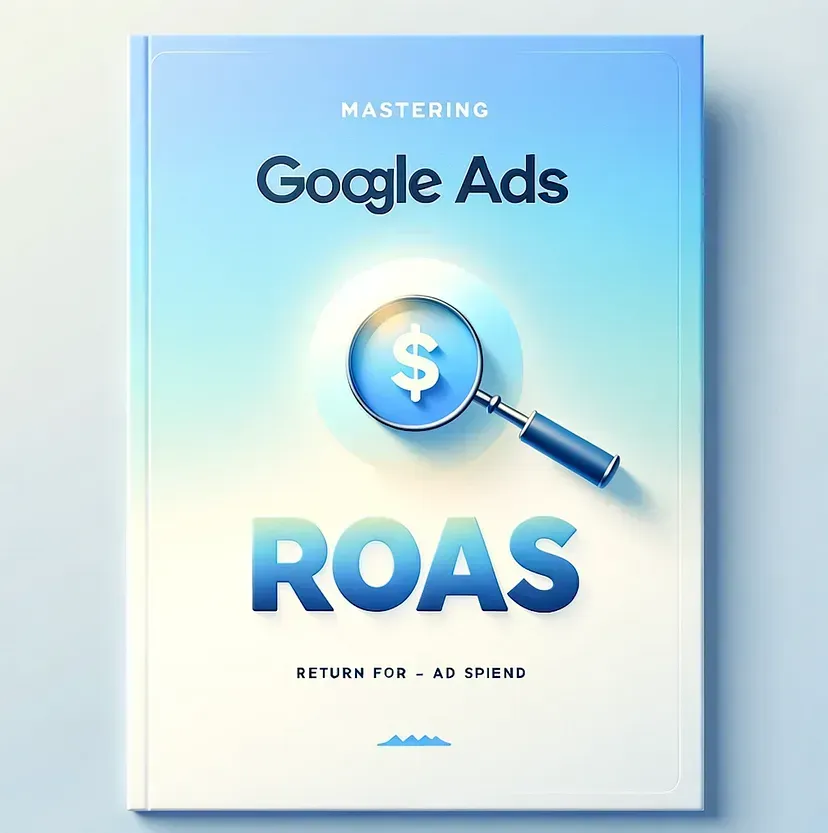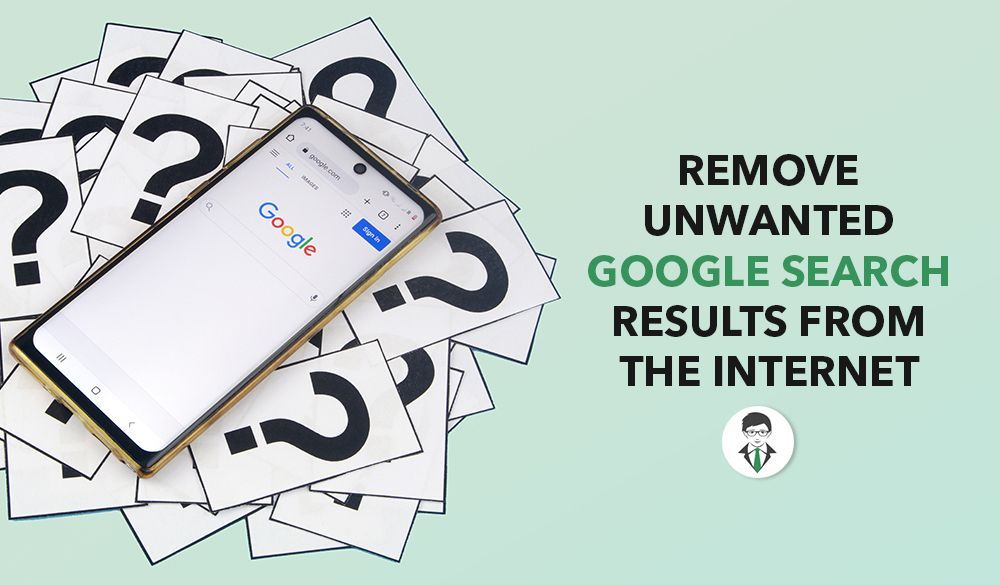Navigating the Complex World of Ad Buying: A Case Study
Understanding the Basics of Ad Buying
In today's digital age, advertising has become an essential part of any successful marketing strategy. Ad buying, in particular, has gained immense importance as businesses strive to reach their target audience and drive sales. However, navigating the complex world of ad buying can be a daunting task. In this article, we will take a closer look at the basics of ad buying, the intricacies of programmatic ad buying, the impact of ad fraud, the role of ad verification, and future trends in this ever-evolving landscape.
When it comes to ad buying, two key players come into play: advertisers and publishers. Advertisers are businesses or individuals who are looking to promote their products or services, while publishers are the platforms or websites that offer ad space. The advertisers purchase ad inventory from publishers to display their ads to the target audience.
There are different types of ad buying methods, including direct buying, programmatic buying, and real-time bidding (RTB). Direct buying involves negotiating deals between advertisers and publishers, while programmatic buying uses automated technology to streamline the buying process. RTB takes programmatic buying to the next level by auctioning ad impressions in real-time.
Direct buying, as the name suggests, involves a direct negotiation between advertisers and publishers. This method allows advertisers to have more control over where their ads are placed and how they are displayed. Advertisers can negotiate the price, ad placement, and other details directly with the publishers. This type of ad buying is often used for high-value placements or when advertisers have specific requirements for their ad campaigns.
Programmatic buying, on the other hand, relies on automated technology to buy and sell ad inventory. It eliminates the need for direct negotiations between advertisers and publishers, making the process more efficient and scalable. Programmatic buying uses algorithms and data to match advertisers with the most relevant ad inventory based on factors such as target audience, demographics, and user behavior. This method allows advertisers to reach their target audience more effectively and optimize their ad campaigns in real-time.
Real-time bidding (RTB) takes programmatic buying to the next level by introducing an auction-based system for buying and selling ad impressions. In RTB, advertisers bid in real-time for ad impressions, and the highest bidder gets their ad displayed. This method allows advertisers to access ad inventory from multiple publishers simultaneously and compete for the most valuable impressions. RTB is highly efficient and allows advertisers to optimize their ad spend by targeting specific audiences and bidding on impressions that are most likely to generate conversions.
Overall, understanding the basics of ad buying is crucial for advertisers and publishers alike. By knowing the different ad buying methods and their advantages, advertisers can make informed decisions about how to best allocate their advertising budget. Publishers, on the other hand, can leverage different ad buying methods to maximize their revenue and provide valuable ad inventory to advertisers. The world of ad buying is constantly evolving, with new technologies and strategies emerging. Staying updated and adapting to these changes is essential for success in the ever-changing digital advertising landscape.
The Intricacies of Programmatic Ad Buying
Programmatic ad buying has revolutionized the advertising industry by making the buying process more efficient and targeted. One of its key components is real-time bidding, which allows advertisers to bid on ad impressions as they become available.
Real-Time Bidding: A Closer Look
Real-time bidding enables advertisers to bid on ad impressions based on user data, demographics, and other relevant factors. This allows for more precise targeting and maximizes the effectiveness of ad campaigns. Advertisers can set specific targeting parameters and bid on impressions that align with their campaign objectives.
Private Marketplaces and Direct Deals
Private marketplaces (PMPs) and direct deals offer advertisers more control and exclusivity in ad buying. PMPs allow publishers to curate inventory and offer it to select advertisers, ensuring a higher level of quality and brand safety. Direct deals, on the other hand, involve direct negotiations between advertisers and publishers, bypassing the traditional auction process.
The Impact of Ad Fraud on Ad Buying
As the digital advertising landscape continues to grow, so does the threat of ad fraud. Ad fraud refers to any fraudulent activity that aims to deceive advertisers and publishers, resulting in wasted ad spend and diminished campaign performance.
Recognizing Common Types of Ad Fraud
There are various types of ad fraud, including click fraud, impression fraud, and bot traffic. Click fraud involves artificially inflating the number of clicks on ads, while impression fraud manipulates ad impressions to appear higher than they actually are. Bot traffic refers to non-human traffic that falsely inflates website traffic and engagement metrics.
Strategies to Minimize Ad Fraud
To minimize the impact of ad fraud, advertisers can implement several strategies. These include using ad verification tools, monitoring campaign performance, and adopting stringent fraud detection measures. Collaboration between advertisers, publishers, and ad verification vendors also plays a crucial role in combating ad fraud.
The Role of Ad Verification in Ad Buying
Ad verification is a critical process that ensures ads are displayed in appropriate environments and reach the intended target audience. It provides transparency and brand safety for advertisers, verifying that their ads appear on legitimate platforms and are not associated with harmful content.
The Importance of Ad Verification
Ad verification helps advertisers maintain their brand integrity by preventing ads from appearing on low-quality or fraudulent websites. It also ensures that ads reach the intended audience, maximizing the ROI of ad campaigns. Ad verification solutions offer real-time monitoring, fraud detection, and viewability metrics to ensure ad effectiveness.
Selecting the Right Ad Verification Vendor
Choosing the right ad verification vendor is crucial for advertisers. Factors to consider include reputation, transparency, technological capabilities, and customer support. It is essential to partner with a reliable vendor that can provide comprehensive ad verification solutions tailored to specific campaign objectives.
Future Trends in Ad Buying
As technology continues to advance, the world of ad buying is poised for further transformation. Two significant trends on the horizon include the rise of mobile and video ad buying and the potential of blockchain technology.
The Rise of Mobile and Video Ad Buying
Mobile devices have become an integral part of everyday life. As such, advertisers are increasingly focusing on mobile ad buying to reach their target audience. Video ad buying is also gaining prominence, offering a more immersive and engaging way to deliver brand messages.
The Potential of Blockchain in Ad Buying
Blockchain technology has the potential to revolutionize the ad buying process by increasing transparency, reducing ad fraud, and improving targeting capabilities. Blockchain can provide a secure and decentralized platform that validates ad impressions, ensures fair transactions, and protects user privacy.
In conclusion, navigating the complex world of ad buying requires a solid understanding of the basics, a grasp of programmatic intricacies, awareness of the impact of ad fraud, and utilizing ad verification. Staying informed about future trends is also crucial for advertisers looking to stay ahead in this ever-changing landscape. By employing the right strategies and partnering with the right vendors, advertisers can successfully navigate the complex world of ad buying and achieve their campaign objectives.










